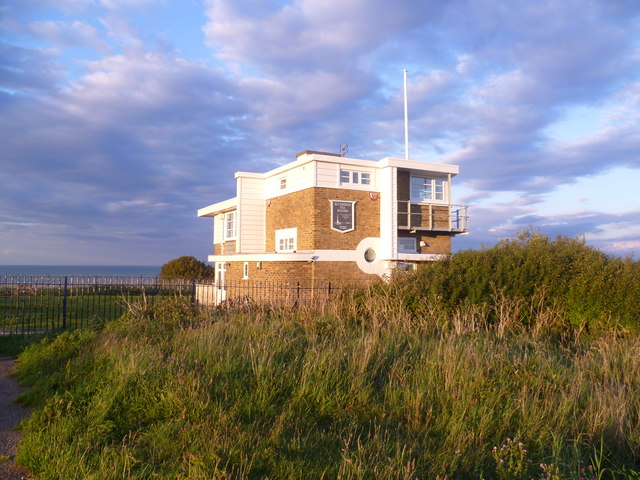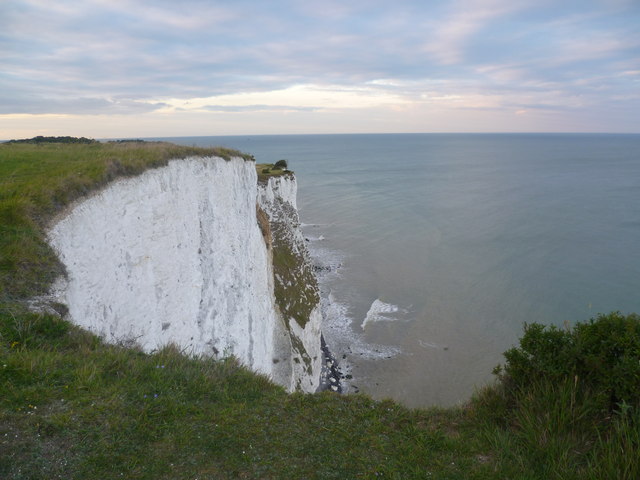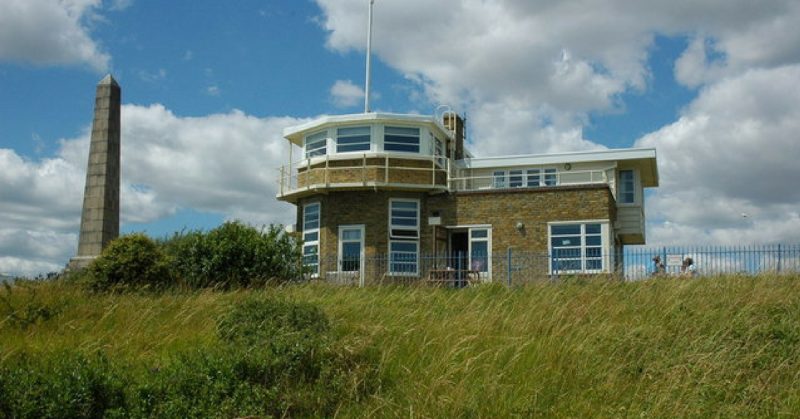A fantastic piece of history is up for sale in England. It is on the market for $2 million – down from the original asking price of $5.5 million. The house is set on top of the White Cliffs of Dover, with the accompanying panoramic views of the English Channel. The location is close to Hellfire Corner, which made it invaluable to the war effort during WWII. Hellfire Corner was a section of the Channel that Germany relentlessly pounded with bombs and shells.
The realtor selling the property advises that the house is indeed a one-off property, with roots going back to WWII. The building has 1,453 square feet of accommodation space. It can seat 34 in the tea room with room for 32 more outside. Upstairs, the building features a sitting room, two bedrooms, a bathroom and a balcony.
The building currently has permission to operate as a tea room and for use as a vacation rental. If a buyer wishes to use it as a home, they will need to obtain the necessary planning permission to change the use of the property. The structure could be converted into an amazing family home.

The lucky owner could awaken to a view of France, only 22 miles across the Channel from their bedroom. Set just 250 yards from the edge of the famous White Cliffs of Dover, some guests have claimed to be able to tell the time on the town hall clock in Calais – with the help of a strong telescope, of course.
In 1914, the Ministry of War purchased the land that the building sits on. They placed two huts on it and used them as a signal station for Dover Patrol during WWI. There is an obelisk on the property, which was erected in 1921 to pay tribute to the sailors who were killed in the first world war.
In the late 1920s, the huts were replaced with a coast guard station. An operations center was built as WWII became increasingly imminent. Two anti-aircraft guns were also installed at the rear of the building. The panoramic view was essential as the coast guard station played such a prominent role in Britain’s WWII defenses. Prime Minister Winston Churchill visited it twice, making use of the operations bunker buried 35 feet below the property, which measures about 15ft by 8ft. The operations room was used to coordinate shipping in the Channel during the war.

The operations room also housed the Magnetron radar, which was used to identify incoming Nazi bombing waves. Some call the Magnetron the most important invention of WWII. It is credited with saving Britain from excessive destruction because it gave sufficient notice of an incoming enemy air raid to allow RAF Spitfires and Hurricanes to intercept them.
The operation center continued to be used after the war as the primary location for monitoring the Channel, in what was the busiest shipping lane in the world at the time. As technology improved and the Channel became even busier, a new multi-million-pound station was built closer to Dover at Langdon Cliff.
In 1994, the station was bought by the current owners after it was decommissioned. It was converted into a tea room and vacation rental. The former bunker is now used for storage. The tea room was open from 1997 until last Christmas. It is now offered with vacant possession.
Mary Wallace renovated the station with her husband. She said it will be a sad day when they sell the property. They are retiring and feel it is time for someone else to enjoy the “best view in Britain.”
